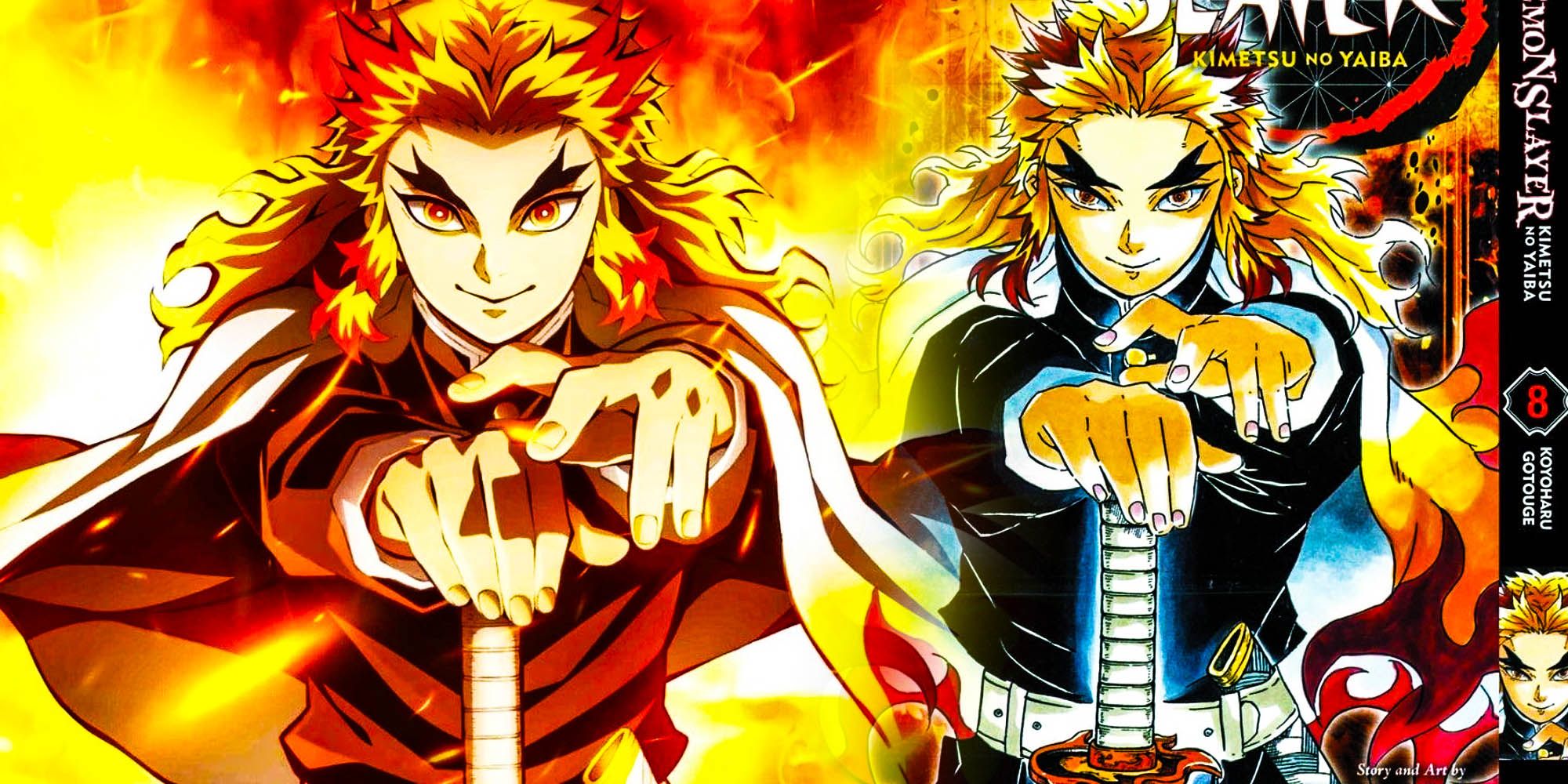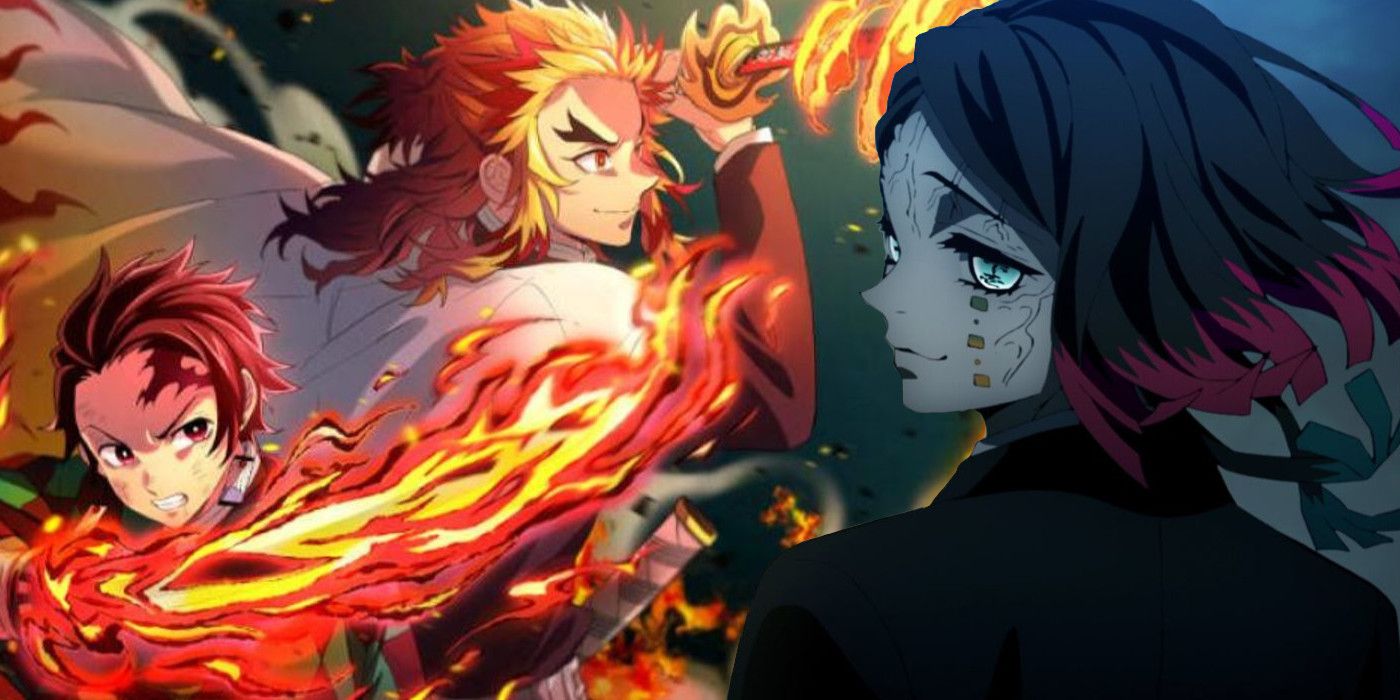The anime film Demon Slayer: Mugen Train was largely accurate to the arc of the same name it adapted, but it’s not a complete one-for-one adaptation. Throughout its nearly two-hour runtime, the film delivered a presentation of the source material in a way that created a completely new experience compared to simply reading the manga, one that’s even better in certain ways.
The film adapted Demon Slayer’s “Mugen Train” arc, which lasted for thirteen chapters, into a nearly two-hour film. By comparison, the first season of the anime ran for twenty-six episodes and covered a total of fifty-three chapters, meaning that, in terms of chapters, the movie is equal to about one-fourth of what the anime covered. The discrepancy there is rather obvious and, naturally, adapting the “Mugen Train” arc to film lead to differences between each version arising.
Not a lot of the “Mugen Train” arc was cut out when adapting it to film, but something that’s missing is a lot of the narration and exposition. The Demon Slayer manga has many pages and panels devoted to narration boxes and thought bubbles explaining what the characters are thinking or what was currently happening in the story, whereas Mugen Train - and also Demon Slayer season 1 - cuts out many of these moments to create a “show, don’t tell” atmosphere, where the viewer is expected to piece things together on their own. One example of this contrast is when Rengoku protects himself from having his spiritual core destroyed in his sleep; the manga has narration boxes going into explicit detail about Rengoku moving on instinct and how his refusal to kill humans prevents him from doing more than restrain his would-be assailant, but the film has nothing of the sort and tries to convey what’s happening with simply the scene, itself. Neither version is objectively superior to the other, but it’s an interesting contrast, to say the least.
More than just cutting out material, Mugen Train also added to and enhanced the arc it adapted. Right from the start, the story expanded on the source material by showing the discussion Tanjiro had with Demon Slayer's Flame Hashira Rengoku about the Hinokami Kagura - the breathing style Tanjiro saw his father do, and that he himself is able to use. This is something the manga didn’t do, and it also goes further with Rengoku's establishing moment, which is made even bigger by the film throwing in another demon for him to defeat. Similarly, there's increased detail of the group’s efforts to protect the train passengers, and the nature of the animation ultimately gives the fights far more dynamic movement and choreography that made the visuals even more impressive to look at; a perfect representation of how an adaptation can make the original work even better.
Demon Slayer: Mugen Train is largely the same as the manga arc of the same name, only changing a few things in various points of the story. Some of those changes were material being cut, others were material being expanded upon; at the end of the day, it all comes together for a thrilling experience, and in Demon Slayer season two of the anime, the experience is bound to be enhanced even further.


